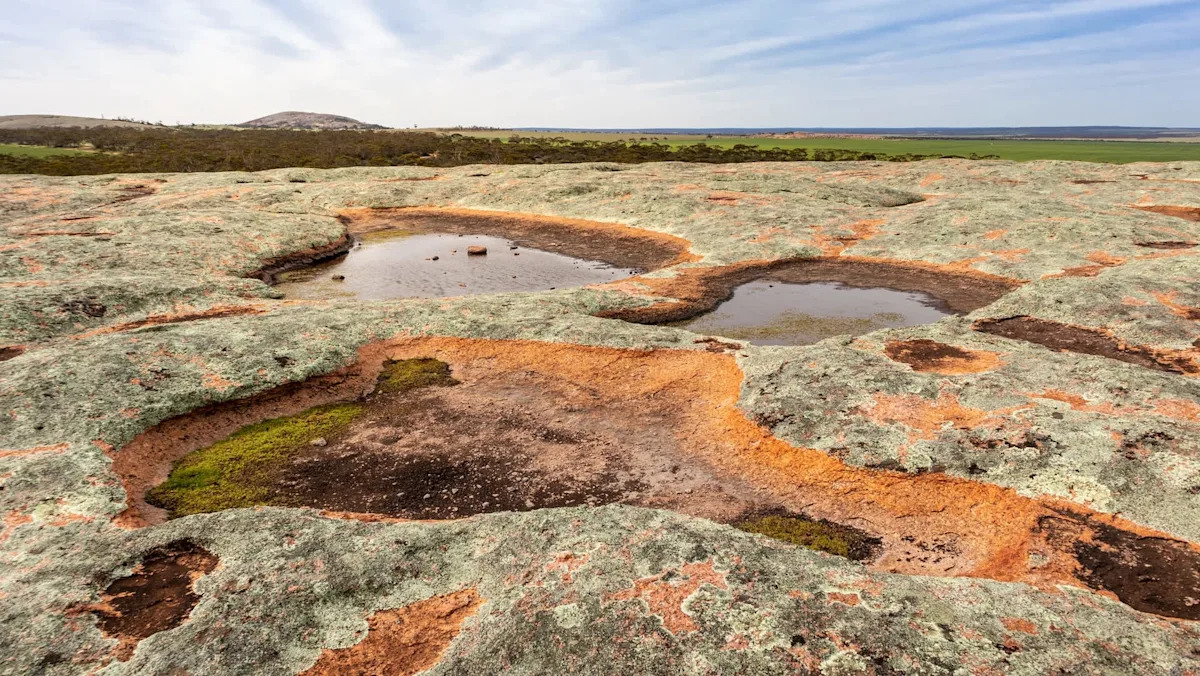An impressive and elusive animal was spotted in South Australia recently, according to The Olympian.
“A rare sighting of a carpet python (Morelia imbricata) in the Gawler Ranges National Park spotted by reintroduction ecologist Tali,” wrote National Parks and Wildlife Service South Australia in a recent Facebook post. “Spring is a great time to visit this park, when you can see the brilliant flowers of our local crimson mallee, and the plains are carpeted with native grasses and bluebush.”
The park service warned visitors to keep their distance from wild animals and that this footage was captured by a trained professional. Typically, hard-to-spot wildlife is captured on trail cameras, as they don’t disturb animals. Either way that it’s captured, footage like this helps inform conservation measures and validates existing ones.
The carpet python plays an important ecosystem role in its native Australian habitat. It hunts rats, possums, birds, and lizards by tracking them by heat. Keeping these prey species under control helps ensure that populations don’t become overwhelming, thereby indirectly limiting the spread of disease through them. Some jurisdictions have employed dogs to sniff out the elusive snakes.
Carpet pythons are popular pets thanks to the animal’s docile nature later in life, but they do require specific care. Poor management has led to some owners having to deal with the consequences of lethal infections.
Not all pythons are created equal, either. Florida has had to deal with a swathe of invasive Burmese pythons. Their voracious appetite has done serious damage to biodiversity in the area.
Regular visitors to the area were quick to chime in on exactly how rare carpet python sightings are in the Gawler Ranges.
“Never in 50 years have I seen one in the area of the Gawler Ranges, Australia,” said one Facebook user.
“What a cracker. Big and fat and healthy looking. I searched for the years I was there,” replied an Instagram user to the footage. “One of our young rangers saw one on the road in from Wudinna. That was the only report in that time.”
The ecologist who took the footage, Tali Moyle, said, “there have been limited sightings (of the species) out there. That was the second one I have seen in three years working there!” per the Miami Herald.
Join our free newsletter for good news and useful tips, and don’t miss this cool list of easy ways to help yourself while helping the planet.

